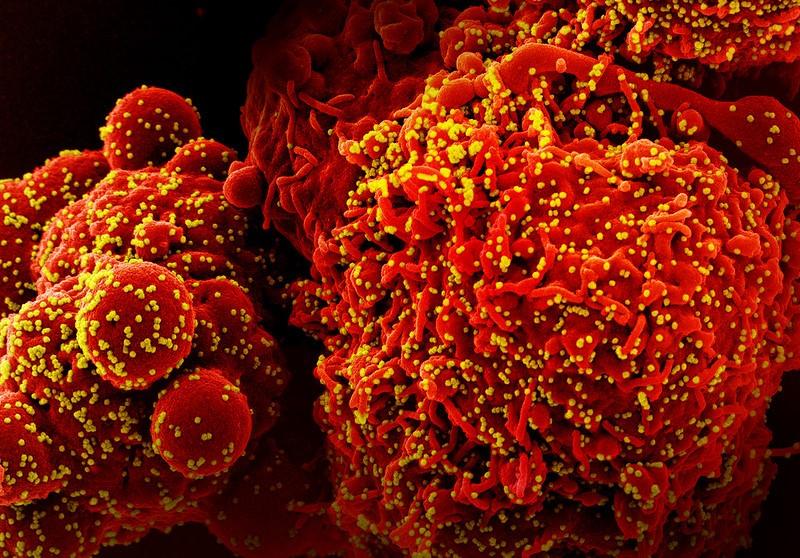Different variants of concern (VOCs) during the COVID-19 pandemic have brought varying degrees of disease severity among adults, but little is known about how and if VOCs have affected the severity of COVID-19 in children hospitalized for their infections.
Previous studies have reported conflicting findings, with some showing intensive care unit (ICU) admission rates peaked during Omicron, while others suggested the need for mechanical ventilation and oxygen decreased during that same VOC period.
Yesterday in JAMA Pediatrics, a multicenter observational study using clinical data of hospitalized children and adolescents in Australia, Brazil, Italy, Portugal, South Africa, Switzerland, Thailand, the United Kingdom, and the United States shows that children ages 6 months to 5 years and 5 to 18 responded to VOCs differently.
Primarily, the need for ICU admission has decreased over the course of the pandemic for children under age 5, but the need for hospitalized children that age to need mechanical ventilation and supplemental oxygen has remained steady. For children ages 5 to 18, ICU admission, ventilation, and oxygen needs have all declined during the course of the pandemic.
75% of hospitalized kids were unvaccinated
The study included patients seen in three time periods: T1, the period in which ancestral SARS-CoV-2 was dominant; T2, the period in which pre-Omicron VOCs were dominant; and T3, the period in which Omicron-derived VOCs were dominant.
A total of 31,785 hospitalized children and adolescents were included in the study, with a median age of 4 years. Just over half (52.3%) were males. A total of 5,438 children were hospitalized during T1 (17.1%,) 15,205 in T2 (47.8%), and 11,142 in T3 (35.1%). The median age was lower in T3 (3 years)than in T1 and T2 (5 years).
In all time frames, more than 75% of the children hospitalized were unvaccinated. Of all hospitalizations included in the study, 2,737 hospitalized children were admitted to the ICU (8.6%), 5,209 required oxygen support (16.4%), and 1,125 required ventilatory support (3.5%).
"Only 64 of 14,841 of hospitalized adolescents were vaccinated in T2 (0.4%)—although this number rose to just over 72 of 8,582 when Omicron infections first accelerated in T3 (0.8%)," the authors said.
For all ages, ventilation and oxygen therapy was more frequent in T1 and T2 than in T3, and ICU admission was more frequent in patients during T1 (13.5%) and T2 (9.3%) than in patients in T3 (5.5%).
Children ages 6 months to 5 years were approximately 24% less likely to be admitted to the ICU in T3 compared to children of the same age in T2 (risk ratio [RR], 0.76; 95% confidence interval [CI], 0.62 to 0.93).
No significant difference was noted in the relative risk of ventilatory support or oxygen therapy over the course of the pandemic.
"No significant difference was noted in the relative risk of ventilatory support or oxygen therapy over the course of the pandemic in this age group," the authors said.
For children ages 5 to 18 years, the ICU admission rate decreased significantly over the study period. There was also a significant reduction in oxygen therapy use in T3 compared to T1 and T2.
"This study found that hospitalized children younger than 5 years had a reduced proportion of COVID-19 ICU admissions with successive variants while proportions of ventilatory support only decreased in T3 vs T1 among children younger than 6 months and oxygen therapy did not change," the authors concluded.
The authors said this could be because children older than 6 months to 5 years in T2 and T3 could have had maternal antibodies to COVID but were not able to be vaccinated against COVID-19 due to licensing.
"These data suggest that other factors, such as prior infection, changes in viral virulence, or changes in clinical practice, may have played a more significant role in the observed trends," the authors wrote.



















